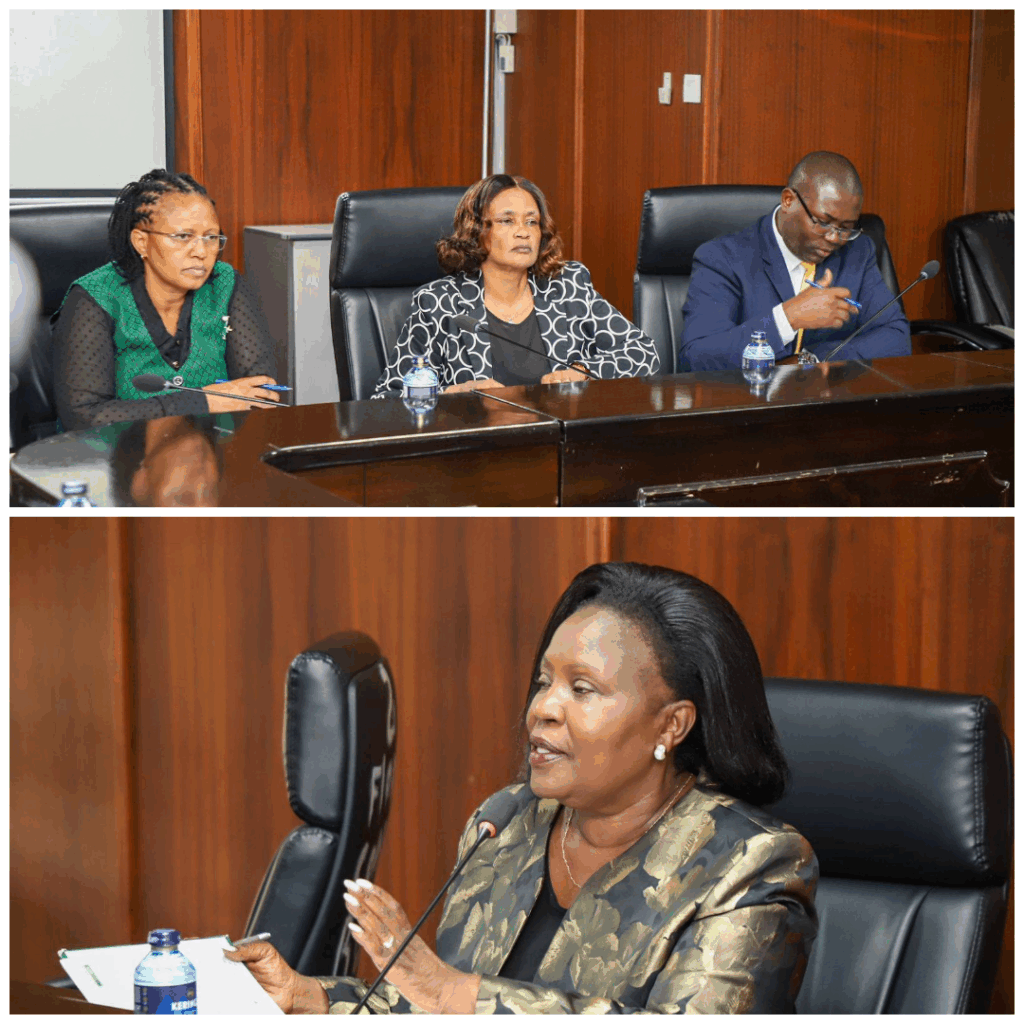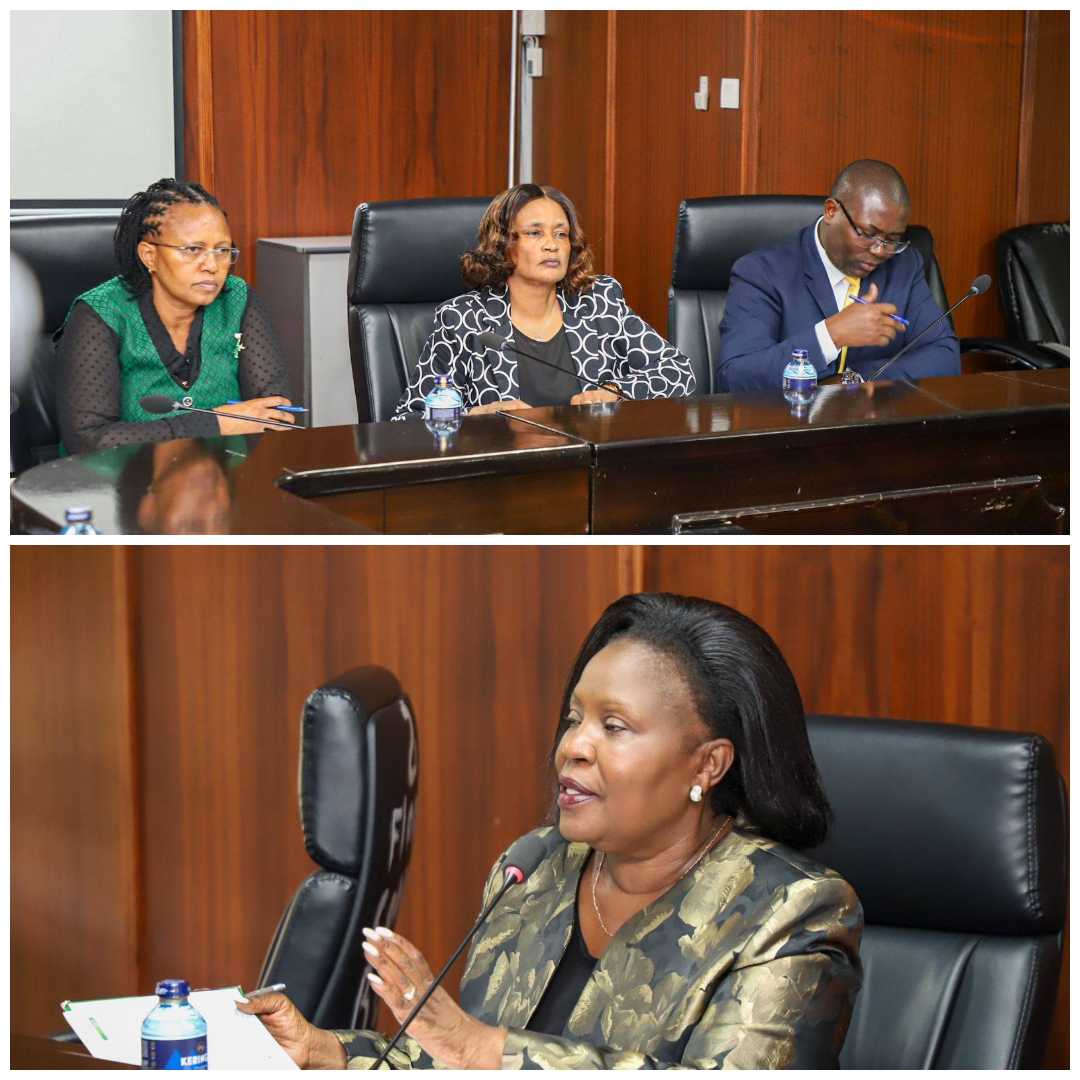
Members of the National Assembly have put on the spot the Teachers Service Commission (TSC) on teacher welfare, particularly the classification of hardship allowances and the equitable distribution of teachers.
Chairing the session, Eve Obara of Kasipul, lawmakers questioned the criteria for defining hardship areas and the role of the Salaries and Remuneration Commission (SRC) in determining allowances.
Phylis Bartoo enquired whether the TSC advises the SRC on teacher welfare in hardship areas.
“Do you just accept information from SRC as gospel, or do you advise SRC on the actual conditions teachers face in different parts of Kenya?” she pressed.
Christine Ombaka Oduor emphasized that teachers in remote areas work under difficult circumstances and advocated for their recognition by the SRC.
“The definition of hardship areas needs to be considered,” she stated, pointing to the irony of Nairobi’s hardship allowance sometimes surpassing that of rural areas lacking basic amenities.
Mumina Bonaya pointed out the situation in Isiolo County is unfavourable.
“Most of our schools in rural counties like Isiolo are not able to retain teachers they prefer town centres and municipalities where infrastructure is accessible,” she said.
Bonaya proposed clustering hardship areas to better reflect actual conditions and improve teacher retention. “We have schools that have learners and not teachers,” she revealed, underscoring the urgent need for a review.
Evaleen Mitei, the acting CEO of TSC, clarified the commission’s role, stating.
“When we do collective bargaining, we present our recommendations to SRC, and we present our recommendations to Treasury they were the ones who came up with the classification. Once TSC receives that advisory, it is binding.”
Legislators sought clarifications regarding the disparities in hardship allowances.
Julius Taitumu pointed out the paradox of Nairobi, a well-developed municipality, sometimes receiving higher hardship allowances than rural areas lacking basic amenities.
The TSC CEO acknowledged these concerns, stating, “We will take up the issue of hardship allowances and municipality allowances with the Public Service Commission.”
The distribution of teachers also came under intense scrutiny as Mary Emaase urged for a countrywide assessment to identify teacher gaps.
“We have schools that have excess teachers and schools with not enough teachers so that we can balance, and wherever there is need, Parliament can budget for recruitment,” she proposed.
Eve Obara echoed the sentiment. “When you have a policy saying that there is equal distribution of teachers but the reality on the ground is different, we have schools that are lagging behind because of this.”
In response to concerns about teacher recruitment and deployment, the TSC stated that it operates as an equal opportunity employer, guided by the Constitution and relevant acts. They outlined a transparent and non-discriminatory recruitment process, prioritising first appointments within teachers’ own counties for retention.
Speaking on the age of employment, Rebecca Tonkei raised a crucial point about older, unemployed teachers, asking, “Do you have the data of teachers over the age of 45 who have not been employed? Give us the data and find a way of employing them.”
TSC admitted that the previous cap of 45 years was declared unconstitutional in 2020. Since 2021, teachers up to 59 years and 11 months are eligible for employment. The TSC also acknowledged proposals to prioritise older, unemployed teachers and committed to mining data on teachers above 45 who are yet to be employed.
The Committee on Education called on the Teachers Service Commission to partner with the Salaries and Remuneration Commission and the Public Service Commission to ensure the classification of municipalities and areas that receive salary enhancement and hardship areas reflects teachers’ realities.
Members of the Committee intend to meet with the Salaries and Remuneration Commission and the Public Service Commission in the coming weeks.


